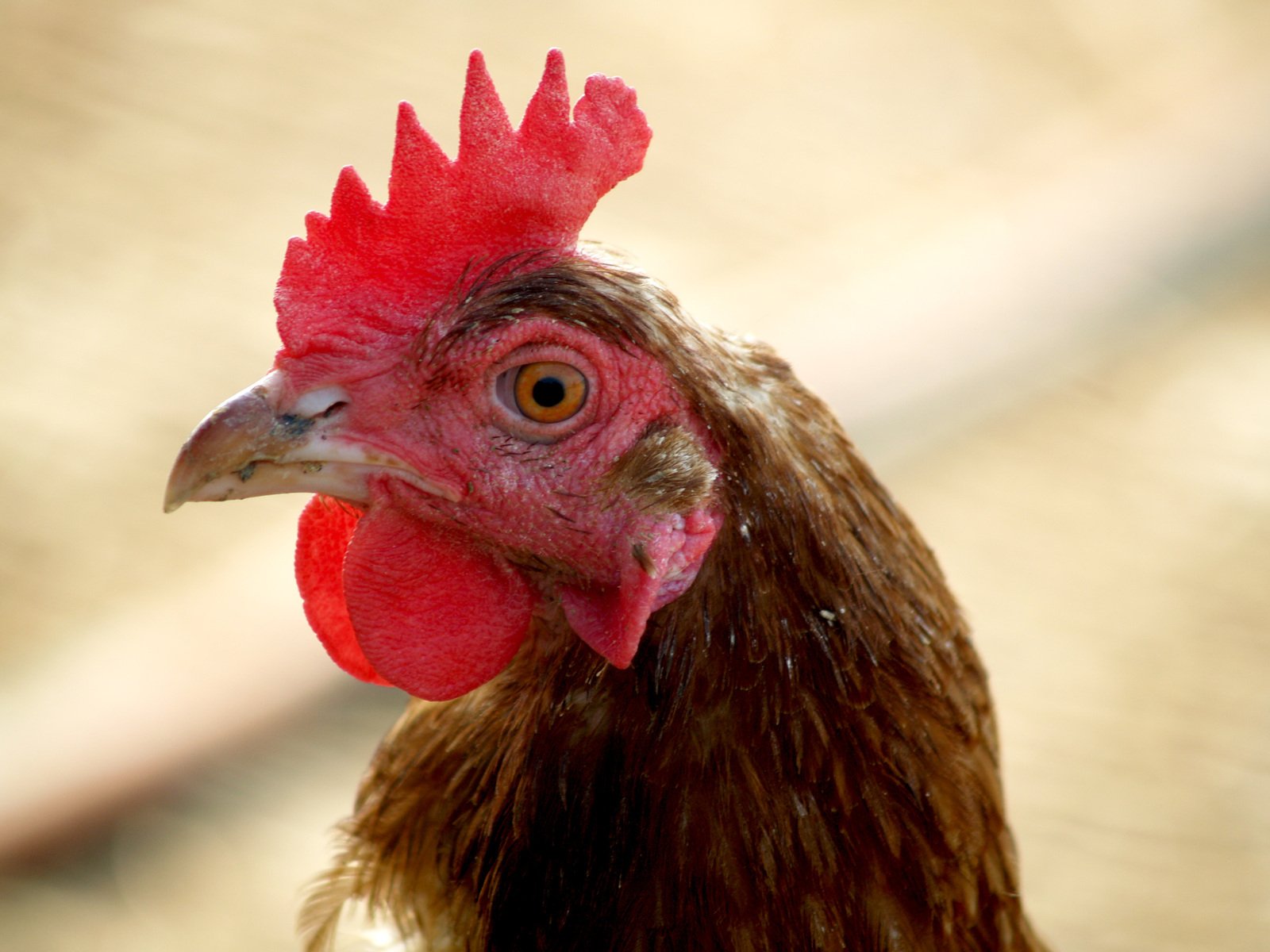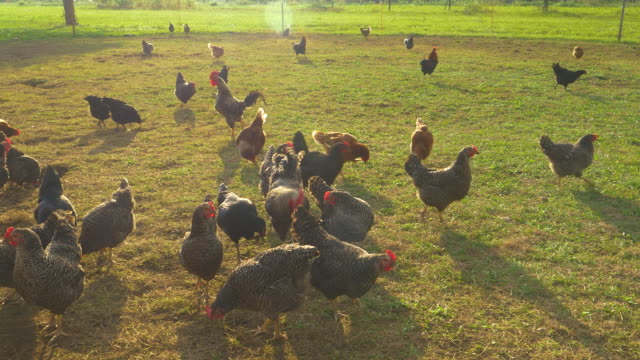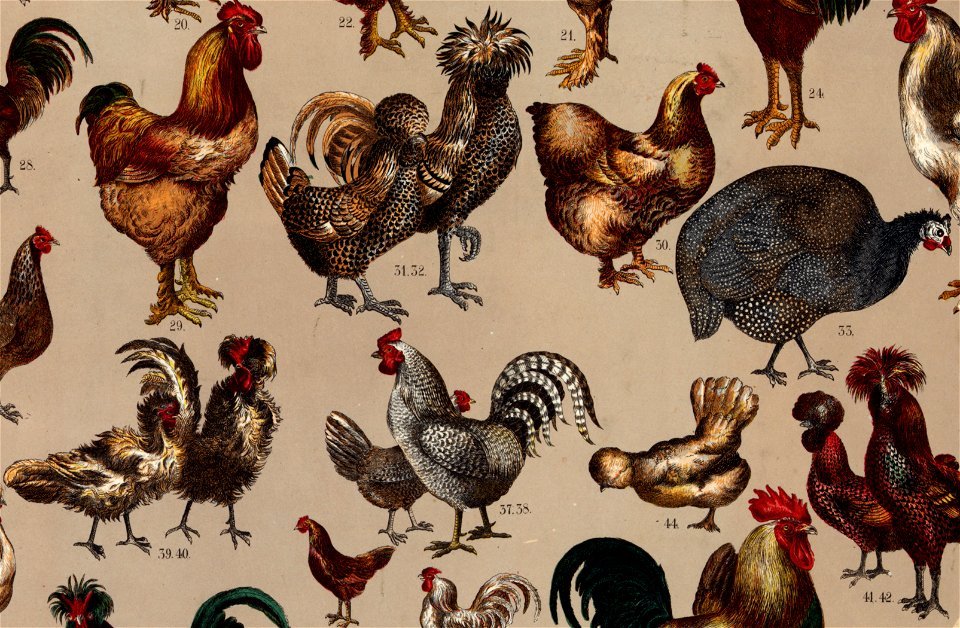Chickens, scientifically known as Gallus gallus domesticus, have been an integral part of human civilization for centuries. They are cherished for their role in providing eggs, meat, and companionship. In this article, we will explore the world of chickens, focusing on the different types of chickens farmers raise, the variety of egg sizes produced, and the key aspects of raising chickens on a farm.
Section 1: Types of Chickens
- Heritage Breeds: Heritage chickens, also known as traditional or heirloom breeds, are historic breeds that have been passed down through generations. They are known for their unique appearances, genetic diversity, and often possess specific traits suited for different purposes, such as meat production, egg-laying, or ornamental value.
- Commercial Breeds: Commercial chicken breeds are specifically bred for productivity and efficiency in egg or meat production. These breeds have been developed through selective breeding to maximize certain traits, such as high egg-laying rates or rapid growth for meat production.
Section 2: Egg Sizes and Production
- Egg Sizes: Chicken eggs come in various sizes, including small, medium, large, extra-large, and jumbo. The size of an egg is determined by the age, breed, and health of the hen. Commercial egg production usually focuses on large or extra-large eggs, which are most commonly found in grocery stores.
- Egg-Laying Process: Hens typically begin laying eggs around five to six months of age. The frequency and quantity of eggs produced depend on factors such as breed, nutrition, lighting, and environmental conditions. Hens generally lay one egg per day during their peak laying period, which lasts for a couple of years.
Section 3: Raising Chickens on a Farm
- Housing and Environment: Providing suitable housing is essential for the well-being and productivity of farm chickens. Coops or henhouses should offer protection from predators, extreme weather conditions, and adequate ventilation. Access to a secure outdoor area allows chickens to exhibit natural behaviors and engage in foraging.
- Feeding and Nutrition: A balanced diet is crucial for the health and egg production of farm chickens. A combination of commercial poultry feed and a variety of grains, fruits, vegetables, and kitchen scraps can provide the necessary nutrients. Access to clean water is also vital for hydration and overall well-being.
- Health Care and Biosecurity: Regular health care practices, including vaccinations, parasite control, and routine inspections, help maintain the health of farm chickens. Biosecurity measures such as preventing contact with wild birds, maintaining clean premises, and implementing proper hygiene protocols minimize the risk of disease outbreaks.
Conclusion: Chickens play a vital role in agriculture, providing us with eggs, meat, and the joy of companionship. Understanding the different types of chickens, the variety of egg sizes, and the key aspects of raising chickens on a farm is essential for farmers and chicken enthusiasts alike. By selecting the appropriate breeds, ensuring proper care and nutrition, and maintaining a healthy environment, farmers can enjoy a steady supply of eggs and contribute to sustainable agriculture. As we appreciate the value of chickens and their contributions to our food systems, we also recognize the rich heritage and cultural significance these remarkable birds hold in our human history.



